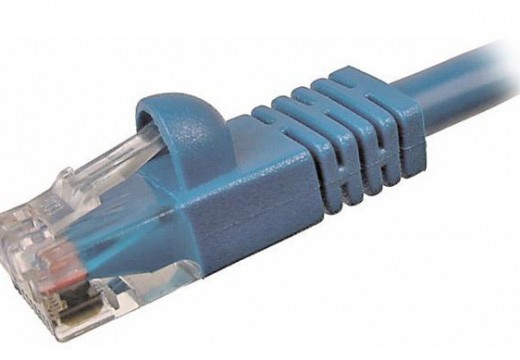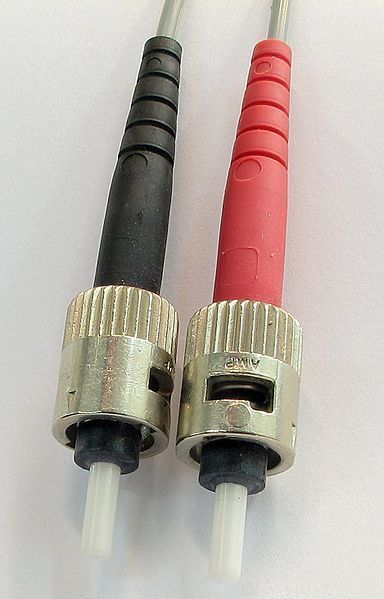568B
568B, or more formally EIA/TIA 568B, is one of the International standards which include the definition for how the pins or wires in a RJ-45 cable are arranged or terminated. The termination of the cable can occur at several locations which include an individual cable connecting a computer to an Ethernet port, the ending socket …










